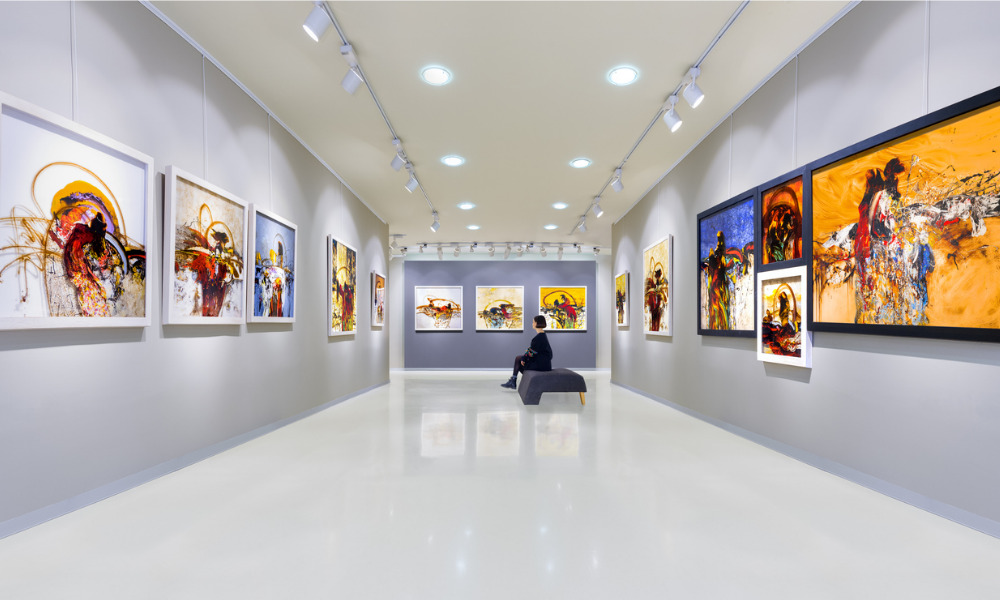Trends, taste, and temptation can all factor into making the best investment deal

Is investing in fine art a good idea?
It can be if you know what you’re doing, but you need to develop some expertise to guarantee that you do. Flirting with this area without doing your due diligence could leave you vulnerable to a lot of risks. So, here are three things to consider if you’re an aspiring art investor.
- Understand the art market: Investing in art means more than just knowing what kind of art you like or don’t like. Artists, like fashion, go in and out of style, which can impact the resale value and return on your investment. You also have to pay commission fees and insurance. You will also have to beware of theft, forgery, and damage to the work of art.
While more advisors are willing to entertain art as a small portion of their client’s portfolios, only 2% of ultra-high-net-worth investors’ portfolios actually include fine art and other collectibles. So, this is very much a niche market, even for those who have a lot of disposable income and a taste for art. The illiquidity of art and thinly traded market also make this riskier than stocks, and art sales can also decline in weaker economic times. So, if this is something that you have the income and interest for, it’s best to work with an arts investment advisor who specializes in the field in order to help you make the best decisions.
- Consider the asset class: It’s hard to predict art trends, especially if you’re new to this market. In fact, it’s more of an art than a science. Reports say that only one per cent of artists generate more than half of all artwork sold globally, and there’s no magic formula to know whose work is going to be valuable and which art will produce the best investment returns. So, it’s important to ignore the hype and buy art based on its quality. You should also consider different types of art, such as photography, costumes, and ceramics as well as paintings, but get to know one area well before moving on to the next.
You also need to do your research – just as you would with stocks and bonds. If you want to invest in art, you should read about art and artists, visit museums and galleries, and get to know some artists and art professionals. Then, decide how much you want to spend for a piece: $5,000 or $1 million? Another option is to invest in mutual funds, which invest in works of art. Ask your advisor how to find about those. Then, you also need to be concerned about authenticity and forgery. Make sure you do your due diligence before you proceed.
- Understand art valuation: Art value is largely based on what sells. Contemporary art is popular right now, but most of the world’s art doesn’t have any resale value. You can educate yourself by researching prices at auction houses or on online databases, like ArtNet. But, you should also look at the long-term financial performance. Data shows that equities – stocks – perform better than art over the long-term. Studies have also shown that art investments don’t substantially improve the risk-return profile of a traditional portfolio. So, really consider why you’re doing this. Is it for the returns – or for the love of art? If it’s to make money, you may want to consider other options that can offer you more return. That way, you can just buy the art that you love and enjoy it in your home every day, and not wonder if it’s going to make any money for your investment portfolio.
Get to know about how to invest in mutual funds and relevant related topics in this article.



